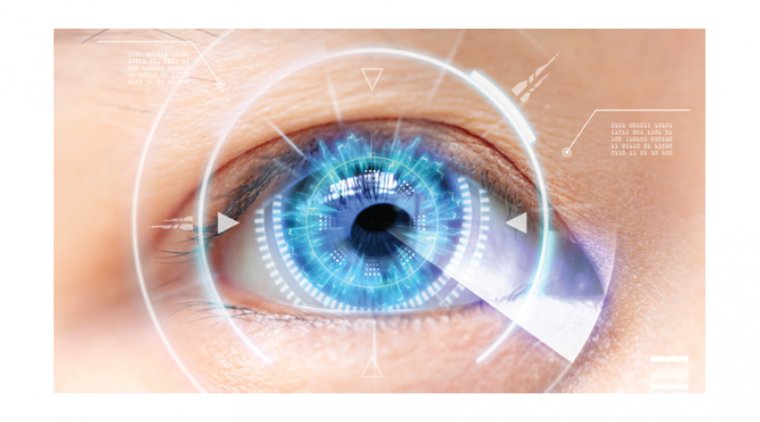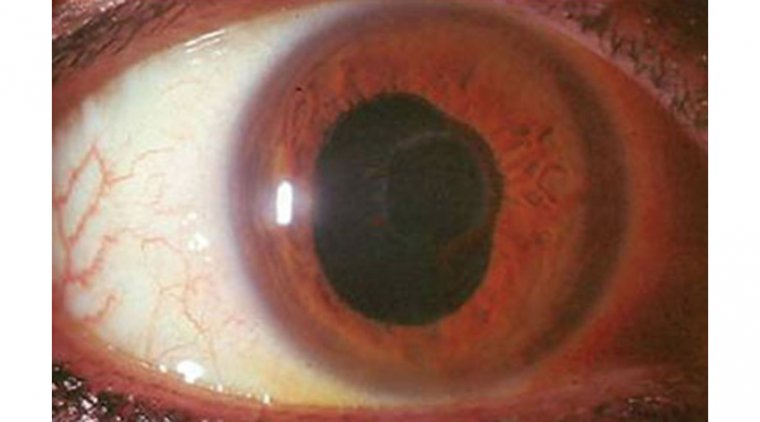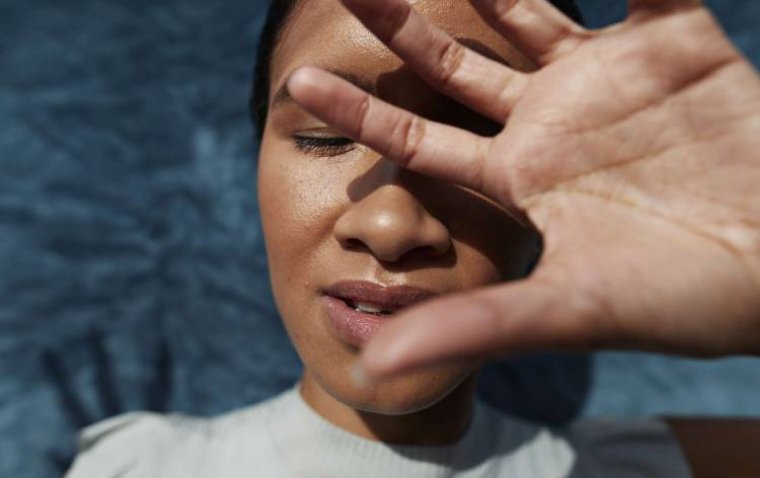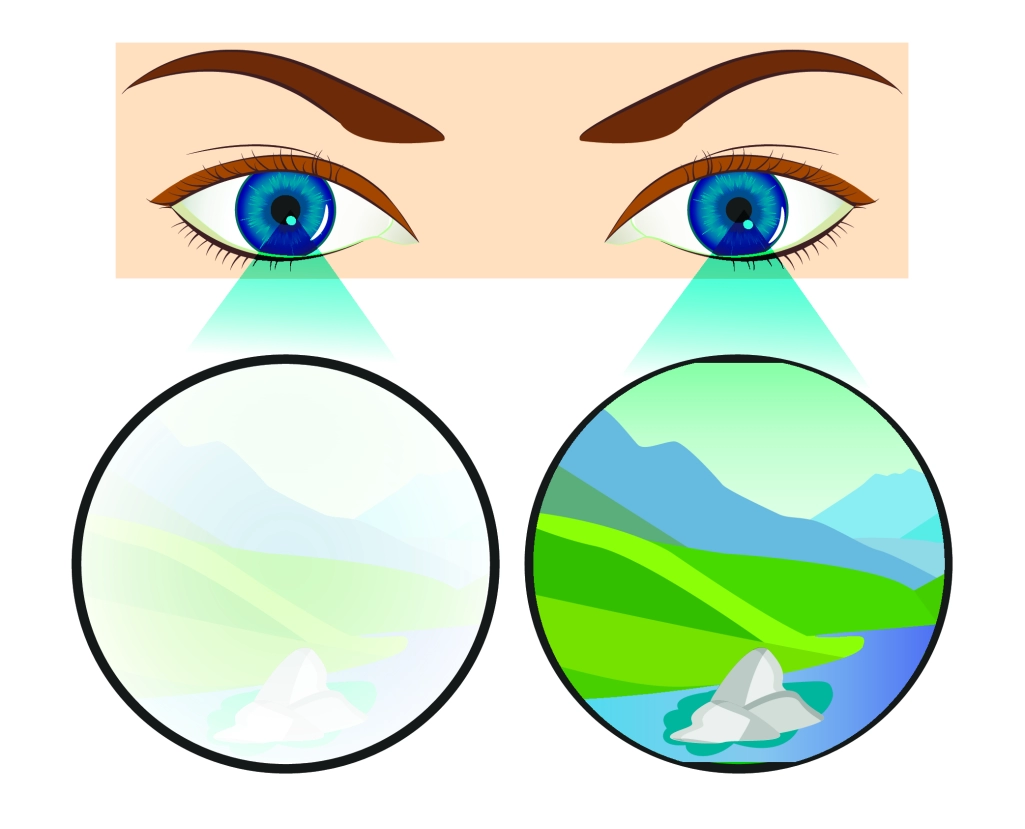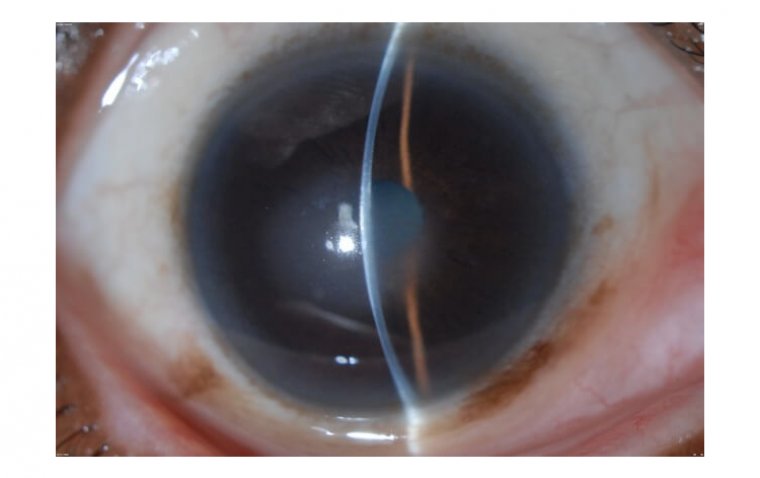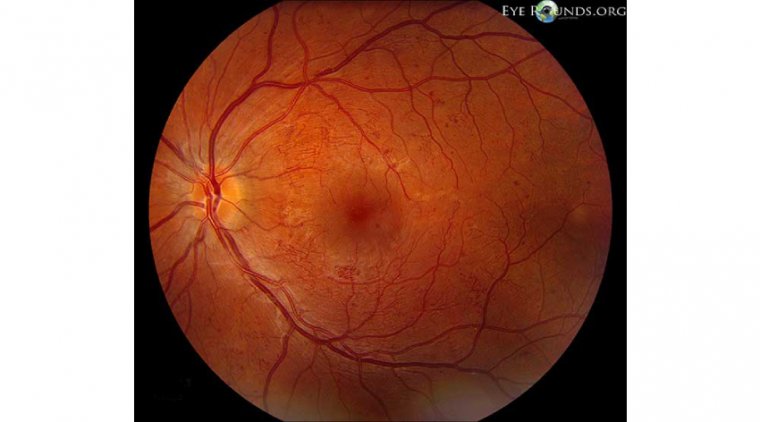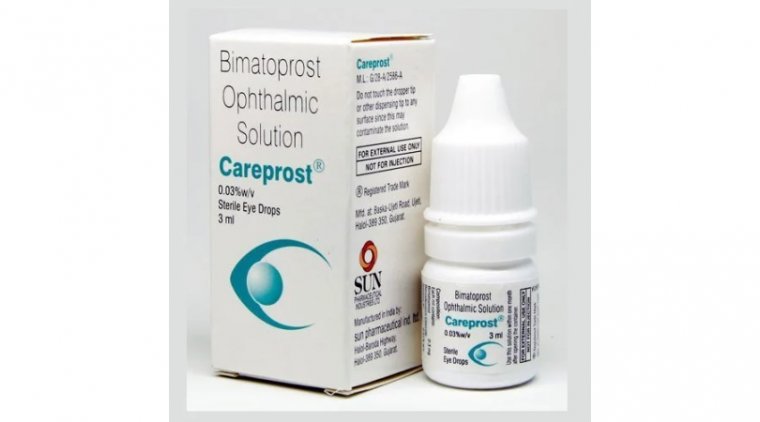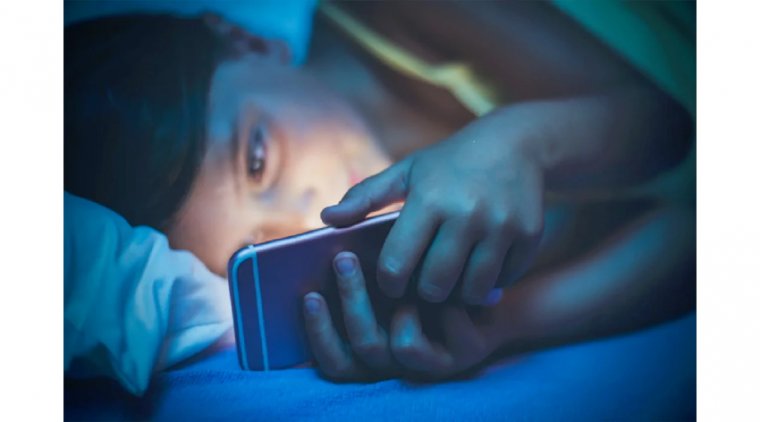
How Smartphone Screens Are Affecting Your Vision
What is Smartphone Vision Syndrome?
Smartphone Vision Syndrome, also known as digital eye strain, is a condition that affects people who spend long hours using digital devices such as smartphones, laptops, and tablets. It occurs when the eyes are exposed to prolonged blue light from these devices, leading to various uncomfortable symptoms such as eye strain, headaches, dry eyes, and blurred vision.
What Causes Smartphone Vision Syndrome?
Smartphone Vision Syndrome is caused by several factors, including blue light exposure, screen glare, and reduced blinking. Blue light, a high-energy visible (HEV) light emitted by digital devices, can penetrate the eyes and cause damage to the retina, leading to various vision problems. Screen glare, on the other hand, can strain the eyes and cause headaches, while reduced blinking can cause dry eyes and discomfort.
How Long Does Smartphone Vision Syndrome Last?
The duration of Smartphone Vision Syndrome (also known as Digital Eye Strain) can vary depending on the individual and the severity of the symptoms. In most cases, the symptoms are temporary and can be alleviated by taking regular breaks from screen time, adjusting the brightness and contrast of your device, and positioning the screen at a comfortable distance.
If you experience mild symptoms of eye strain or discomfort, they may go away within a few hours or a day after reducing your screen time and practicing good eye care habits. However, if your symptoms are severe or persistent, it is important to seek medical attention from an eye doctor or a qualified healthcare provider to rule out any underlying eye conditions.
What Can You Do to Prevent Smartphone Vision Syndrome
Preventing Smartphone Vision Syndrome is essential to maintaining healthy eyes and vision. Here are some tips that can help reduce the risk of digital eye strain:
Take breaks: Taking frequent breaks from digital devices can help reduce eye strain and prevent digital eye strain. You can use the 20-20-20 rule The 20-20-20 rule, which is a technique that can be used to prevent eye strain and digital eye fatigue. It involves taking a break from looking at digital screens every 20 minutes and focusing on an object that is at least 20 feet away for 20 seconds.
Adjust your screen: Adjusting the brightness and contrast of your screen can help reduce eye strain and screen glare.
Use eye drops: Using eye drops can help keep your eyes moisturized and prevent dry eyes.
Wear glasses: Wearing specialized glasses that block blue light can help protect your eyes from the harmful effects of blue light.
Practice good habits: Practicing good habits such as proper posture, adequate lighting, and avoiding digital devices before bed can help reduce the risk of digital eye strain.
In conclusion, Smartphone Vision Syndrome is a growing concern for people who spend long hours using digital devices. By taking preventive measures and practicing good habits, you can reduce the risk of digital eye strain and maintain healthy eyes and vision.
(1).jpg)
